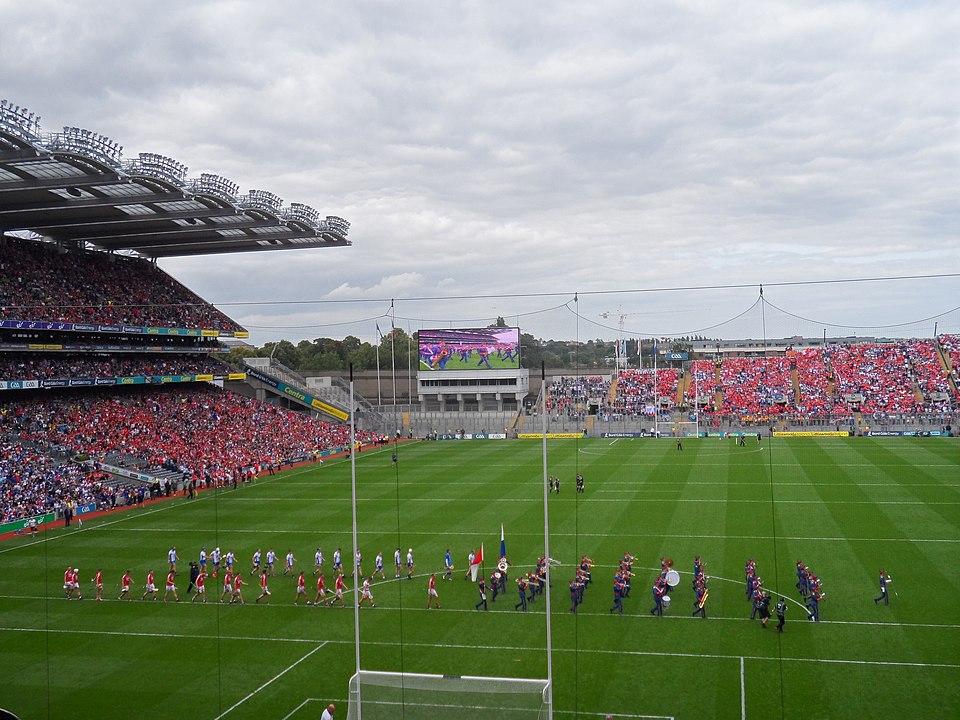Analysis of Cork's Puckout Strategy in All-Ireland Defeat to Tipperary

In the aftermath of Cork's disappointing defeat to Tipperary in the All-Ireland Senior Hurling Championship final held on July 23, 2025, analysts are scrutinizing the Rebels' puckout strategy. Despite some promising statistics, the overall execution fell short of expectations, contributing to their lackluster performance at Croke Park.
Cork entered the championship final with high hopes but faced a dominant Tipperary side that effectively neutralized their offensive capabilities. According to Seán O’Donoghue, Cork's captain, "We struggled to adapt to their defensive structures, and it became evident in our puckout strategies which fell apart in the second half." This assertion underscores the significance of tactical adjustments in high-stakes matches.
**Contextual Overview** Historically, the puckout strategy plays a crucial role in hurling games, often dictating the tempo and flow of play. Cork's approach varied throughout the match, demonstrating both potential and shortcomings. In the first half, the Rebels attempted eleven long puckouts, achieving success on only five occasions. This limitation forced them to shift tactics, opting for short puckouts, which yielded marginal improvements but ultimately failed to capitalize on scoring opportunities.
Conversely, Tipperary's approach was characterized by strategic execution. Rhys Shelly, Tipperary’s goalkeeper, effectively distributed the ball, leading to a commanding performance with 23 successful restarts out of 31 attempted. This level of efficiency significantly contributed to their offensive pressure, especially during the second half, where they scored two goals from John McGrath. According to Dr. Liam O’Reilly, a sports analyst at University College Dublin, “Tipperary's ability to maintain possession and transition swiftly from defense to attack was pivotal in their victory.”
**Puckout Analysis** Throughout the match, Cork's puckout statistics revealed that they found more success in the second half, winning 11 out of 11 of their own restarts within their half. However, they managed to score only two points compared to the 1-16 they registered in the first half. The puckout map indicates that the left flank was their most productive area—Cork won seven out of ten long deliveries on that side but struggled to find success elsewhere.
In comparison, Tipperary’s puckout strategy was remarkably effective. According to the report by the GAA's official statistics team, during the first half, they predominantly relied on short puckouts, which allowed them to consistently apply pressure on Cork’s defense. This culminated in a commanding lead that they maintained throughout the game. The statistical disparity—where Tipperary won 23 of 31 restarts—illustrates their dominance in this critical area of play.
**Lessons Learned** The defeat raises critical questions about Cork's tactical flexibility and execution under pressure. Cork’s management must now reassess their puckout strategy to avoid similar outcomes in future high-stakes matches. The observations from this game suggest that the Rebels need a more versatile approach to adapt to different defensive setups, as highlighted by Niall O’Leary, a former Cork hurler who commented, “Cork needs to refine its tactical approach to become more unpredictable.”
As the Rebels reflect on this loss, it is essential for them to analyze not only their puckout strategies but the overall team dynamics and how they can enhance their performance in future competitions. Moving forward, the focus will likely be on integrating a more robust training regimen that emphasizes adaptability and strategic execution. The road to redemption will involve a comprehensive review of both individual and collective performances, enabling Cork to rebound effectively in upcoming seasons.
Advertisement
Tags
Advertisement





